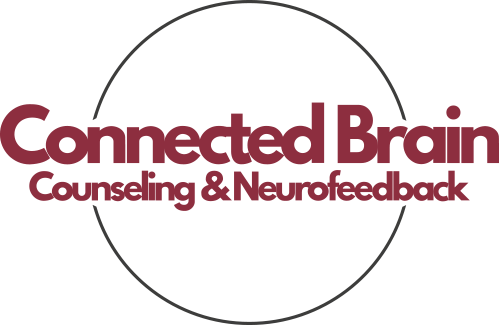What Is the 6-Second Kiss Rule?
The 6-Second Kiss Rule is a concept introduced by Dr. John Gottman, a renowned psychologist and relationship expert. The idea is that couples should make a habit of kissing each other for at least six seconds, especially when greeting each other or saying goodbye. While six seconds may seem like a brief moment, it is long enough to create a meaningful connection that goes beyond a quick peck on the lips. This extended kiss allows couples to be present with each other, fostering intimacy and reinforcing their emotional bond.
Why Six Seconds?
The reasoning behind the six-second duration is rooted in both psychological and physiological principles. A kiss that lasts six seconds is long enough to create a moment of connection and intimacy but short enough not to feel forced or awkward. This length of time also allows the body to release oxytocin, often referred to as the “love hormone,” which helps in building trust and emotional closeness. Oxytocin plays a crucial role in creating a sense of attachment and bonding, making the 6-Second Kiss an effective tool for maintaining a healthy and loving relationship.
Benefits of the 6-Second Kiss Rule
- Strengthens Emotional Connection
- Kissing for six seconds encourages couples to be fully present with each other, creating a moment of connection that strengthens their emotional bond. This practice can help to maintain and even deepen the sense of closeness and intimacy in the relationship.
- Reduces Stress and Anxiety
- The act of kissing triggers the release of oxytocin, which not only promotes bonding but also helps to reduce stress and anxiety. In moments of tension or after a long day, a 6-second kiss can serve as a comforting gesture that soothes both partners.
- Improves Communication
- Regularly practicing the 6-Second Kiss Rule can enhance communication between partners. This simple act of affection can serve as a non-verbal way to express love, appreciation, and commitment, helping to keep the lines of communication open and healthy.
- Promotes Physical Intimacy
- Kissing is a form of physical intimacy that is often neglected in long-term relationships. The 6-Second Kiss Rule encourages couples to prioritize this aspect of their relationship, helping to maintain a healthy level of physical closeness and affection.
- Enhances Relationship Satisfaction
- Small gestures of love, like the 6-Second Kiss, can have a big impact on overall relationship satisfaction. By making this a regular practice, couples can experience an increase in feelings of love, connection, and contentment within their relationship.
How to Incorporate the 6-Second Kiss Rule into your Relationship
- Make It a Daily Habit
- The key to reaping the benefits of the 6-Second Kiss Rule is consistency. Make it a daily habit to kiss your partner for six seconds, whether it’s when you wake up, before you leave the house, or when you reunite at the end of the day. By incorporating this small ritual into your daily routine, you’ll help to maintain a strong and loving connection.
- Be Present in the Moment
- When you kiss your partner, make sure to be fully present in the moment. Avoid distractions like checking your phone or thinking about your to-do list. Instead, focus on your partner and the connection you’re creating. This mindfulness can make the kiss even more meaningful and effective.
- Use the Kiss as a Reset Button
- If you and your partner have had a disagreement or are feeling disconnected, a 6-second kiss can serve as a reset button. This simple act of affection can help to diffuse tension and remind both of you of the love and connection that you share.
- Combine It with Other Gestures of Affection
- While the 6-Second Kiss Rule is powerful on its own, it can be even more effective when combined with other gestures of affection, such as holding hands, giving compliments, or simply spending quality time together. By incorporating a variety of loving actions into your relationship, you’ll create a stronger, more resilient bond.
If you’re looking to strengthen your relationship and improve your emotional connection with your partner, try incorporating the 6-Second Kiss Rule into your daily routine. And if you need further guidance on building a loving and fulfilling relationship, Connected Brain Counseling is here to help. Contact us today for a free consultation and learn how our expert counselors can support you and your partner on your journey to a deeper connection.
- Gottman, J. (2017). The Science of Trust: Emotional Attunement for Couples. This book explores the importance of emotional connection and trust in relationships, offering insights into practices like the 6-Second Kiss Rule.
- McKay, M., & Fanning, P. (2019). The Communication Skills Workbook: Practical Exercises for Better Relationships. This workbook includes exercises that can help couples improve their communication and emotional connection.
- Fisher, H. (2004). Why We Love: The Nature and Chemistry of Romantic Love. This book explores the biological and psychological aspects of love and attachment, providing a deeper understanding of the role of oxytocin in relationships. Discover more.





